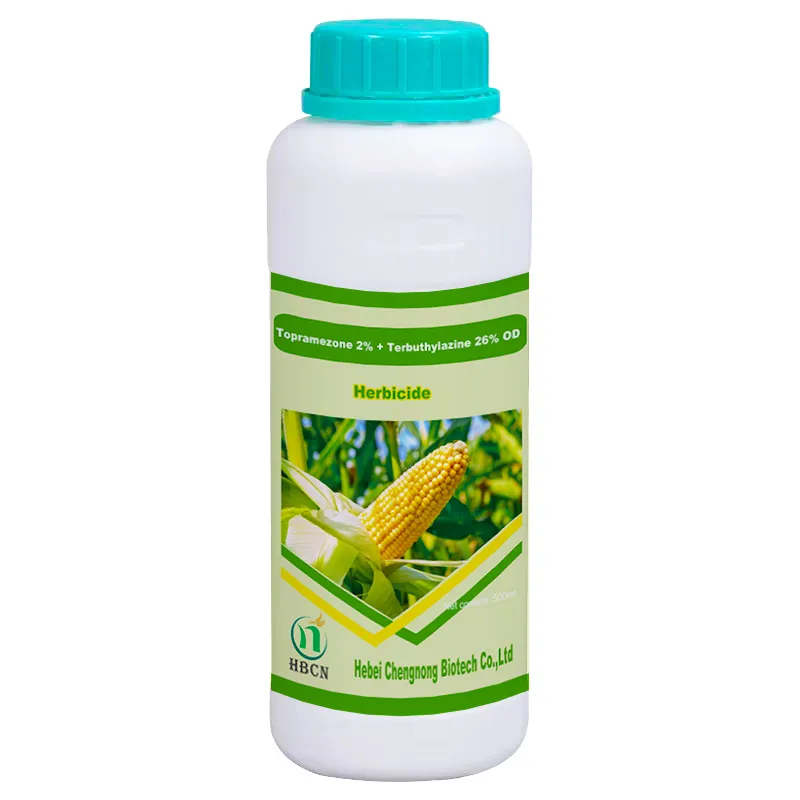
Sep . 18, 2024 11:37 Back to list
oem imidacloprid permethrin pyriproxyfen
Understanding the Role of Imidacloprid, Permethrin, and Pyriproxyfen in Pest Control
Understanding the Role of Imidacloprid, Permethrin, and Pyriproxyfen in Pest Control
Imidacloprid is a widely used neonicotinoid insecticide that acts primarily on the central nervous system of insects. It works by binding to nicotinic acetylcholine receptors, disrupting neural transmission and leading to paralysis and death in target pests. Imidacloprid is effective against a broad spectrum of insects, including aphids, whiteflies, and termites, making it a versatile component in integrated pest management (IPM) systems. However, concerns about its impact on non-target species, particularly pollinators like honeybees, have led to strict regulations in some regions. Consequently, users must apply it judiciously, adhering to guidelines that minimize environmental risks while maximizing efficacy.
oem imidacloprid permethrin pyriproxyfen

Permethrin, on the other hand, belongs to the pyrethroid class of synthetic insecticides, which mimic the effects of pyrethrins derived from chrysanthemum flowers. Its mode of action involves disrupting sodium channel function in insect neurons, leading to rapid paralysis. Permethrin is particularly effective against a variety of pests, including mosquitoes, flies, and other nuisance insects. Due to its fast-acting nature and residual properties, it is commonly used in household pest control products, agricultural applications, and even in public health initiatives to combat vector-borne diseases. Nevertheless, the potential for resistance development among target pest populations necessitates the rotation of insecticides and consideration of alternative control methods.
Lastly, pyriproxyfen is a growth regulator that affects the development of insects. It mimics juvenile hormones, disrupting normal growth and leading to the inability of insects to mature into reproductive adults. This makes pyriproxyfen especially useful for controlling populations of pests like cockroaches, fleas, and various flies. Its effectiveness in breaking the life cycle of insects makes it a valuable tool in long-term pest management strategies.
In summary, imidacloprid, permethrin, and pyriproxyfen are significant players in the domain of pest control, each with unique properties and applications. Understanding their mechanisms allows for better use in controlled settings, while also highlighting the importance of responsible application to mitigate environmental impacts. As pest resistance becomes a growing concern, ongoing research and development are crucial in optimizing these chemical agents, ensuring sustainable pest management solutions for the future.
-
Chlorantraniliprole & Lambda Cyhalothrin Insecticide - Dual-Action Pest Control
NewsMay.18,2025
-
Hercules Insecticide Affordable Fruit Fly Control & Best Prices
NewsMay.18,2025
-
Generic Lufenuron for Cats Affordable Flea & Parasite Prevention
NewsMay.17,2025
-
Terbuthylazine Herbicide Effective Weed Control for Crops & Gardens
NewsMay.17,2025
-
Quizalofop Herbicide Effective Weed Control for Crops & Lawns
NewsMay.17,2025
-
Eraze Herbicide Fast-Acting Mesotrione Weed Control 8oz Formula
NewsMay.16,2025
